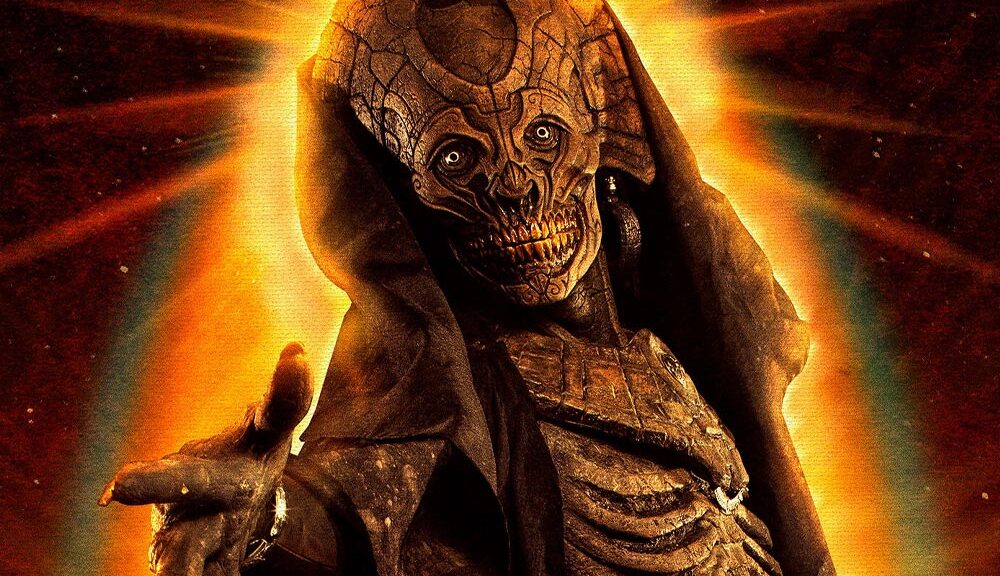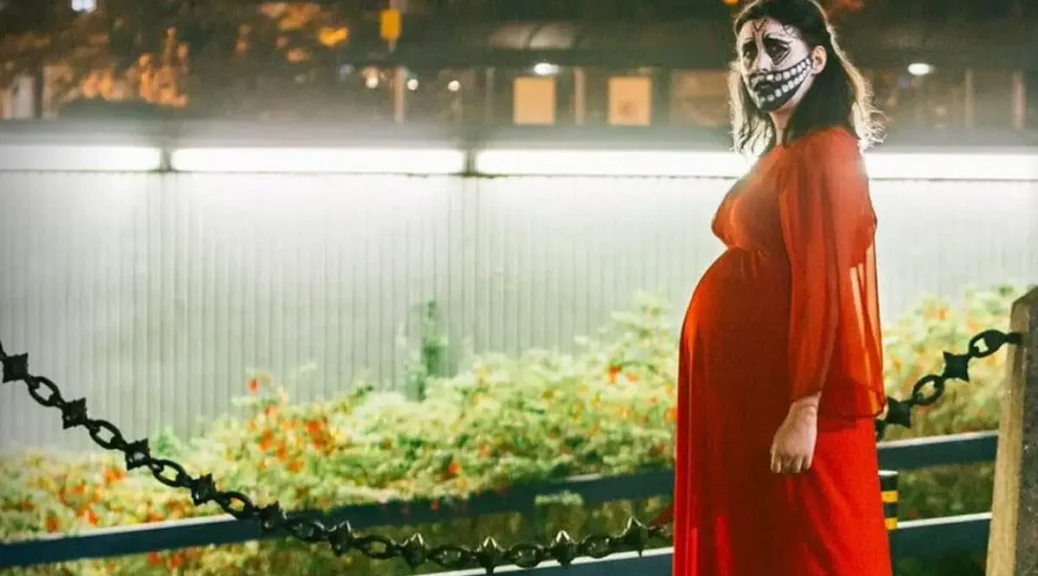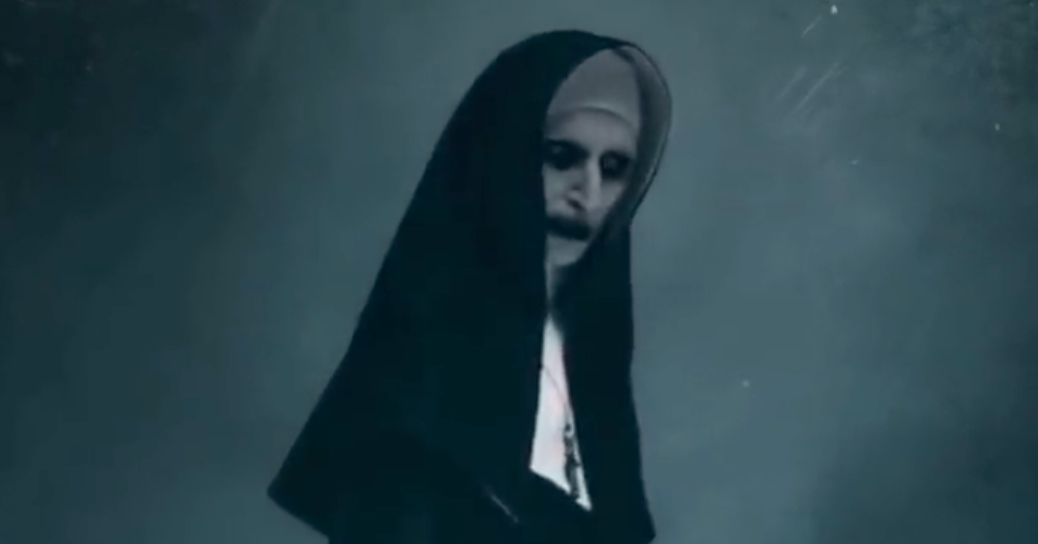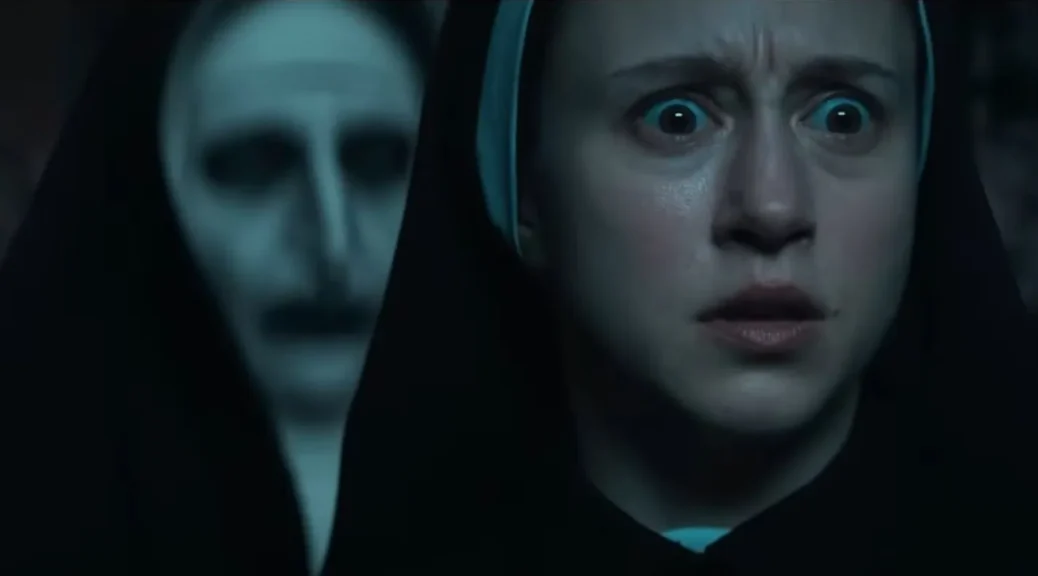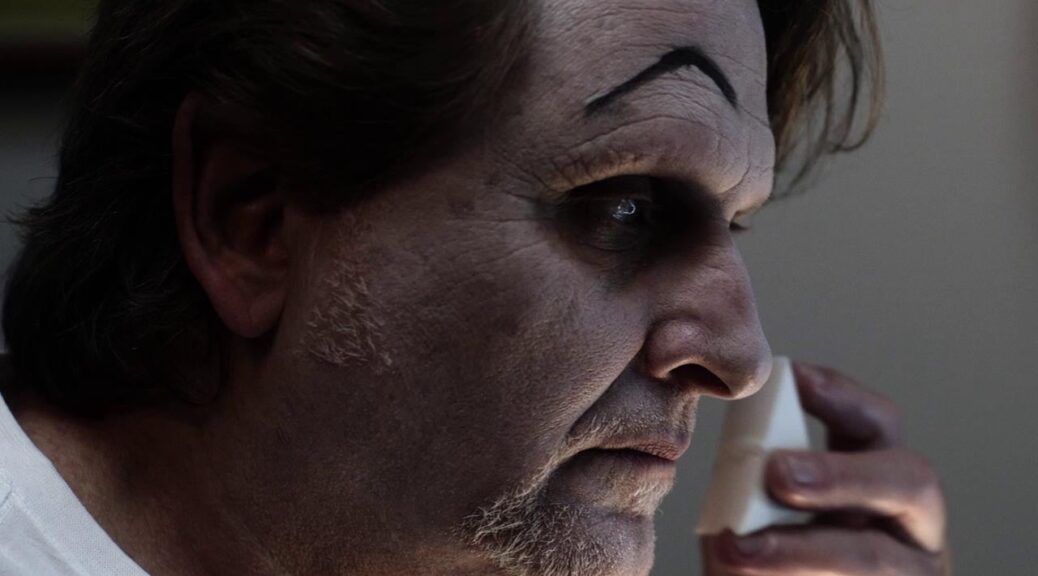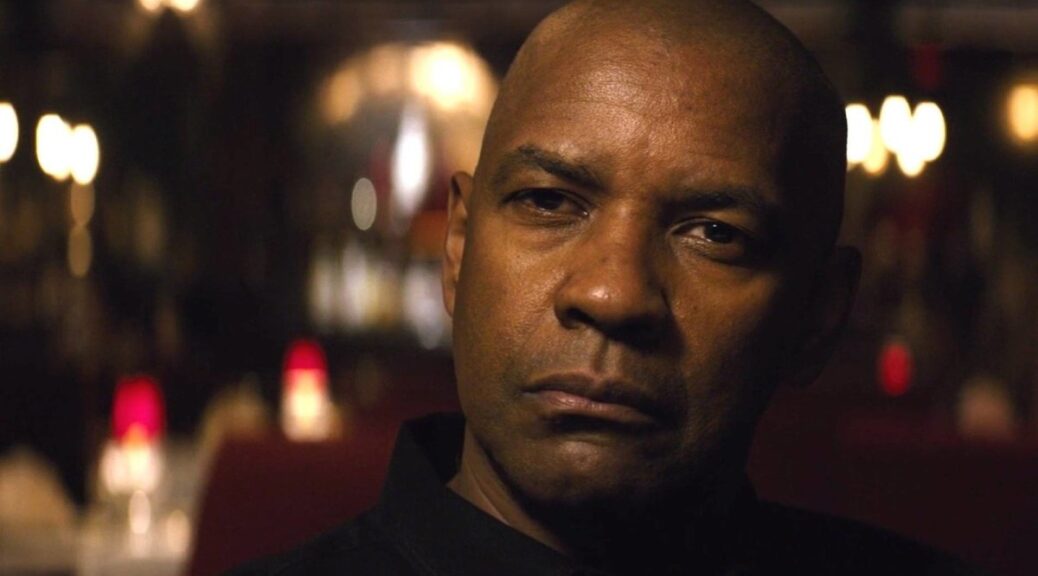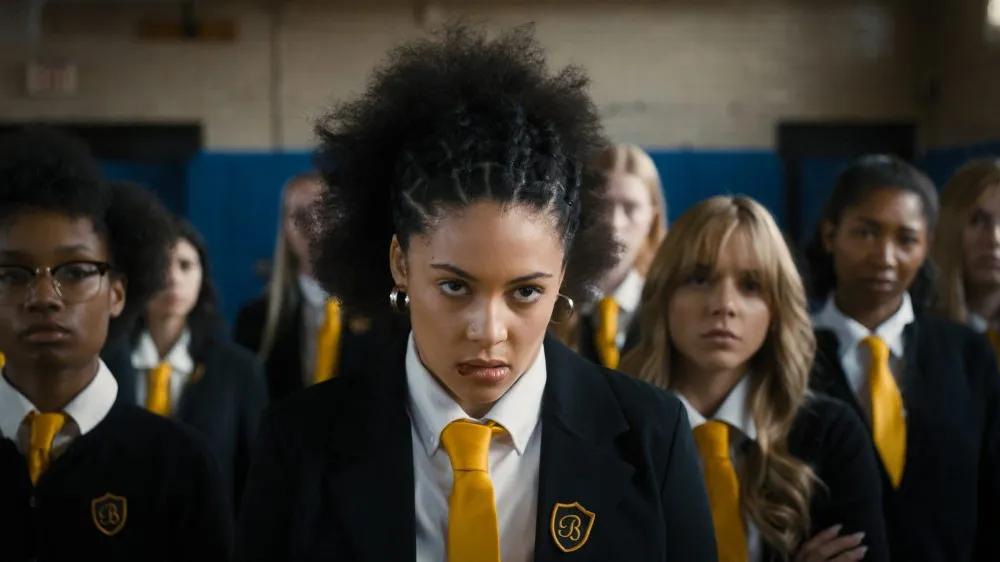Satanic Hispanics
by Hope Madden
For genre fans, a well-made anthology can be a delight. Sometimes, like Michael Dougherty’s classic Trick ‘r Treat, one filmmaker pieces together a set of related short works. More often, though, a framing story connects the tales of many different filmmakers. The Mortuary Collection is an example of a recent gem.
Satanic Hispanics falls into the second category. It’s a collection of shorts made by Latinx filmmakers. Like, really good filmmakers. Eduardo Sánchez instigated the entire found footage phenomenon with his genre classic The Blair Witch Project. Gigi Saul Guerrero delivered geriatric fun in her 2021 film Bingo Hell. Demián Rugna’s Terrified is a haunting and effective flick, and Alejandro Brugués’s Juan of the Dead is the most underseen and brilliant film of the lot.
There’s good reason to be excited about the potential of the shorts assembled for Satanic Hispanics. And, on the whole, these filmmakers deliver on that promise.
Mike Mendez (Gravedancers) starts us out with the framing story, “The Traveler.” It introduces the titular character (Efren Ramirez, Napoleon Dynamite’s Pedro), the last man standing at a crime scene where 27 are dead. As he’s interrogated by two well-meaning detectives, he shares tales meant to persuade them that a great evil is coming.
Those stories range from Rugna’s creepy and trippy “También Lo Vi” to Sánchez’s comedic “El Vampiro” to Guerrero’s creature feature, “Nahuales”, to the Brugués insanity, “Hammer of Zanzibar.” Each has its charms, and every genre fan will find at least one or two films to take their fancy.
Rugna’s mindbender about light refraction, algorithms and inadvertently opening a portal to something sinister is the standout. Brugués delivers a stylized comedic adventure – part Tarantino, part Evil Dead. And if you can get past the troubling fact that a jilted boyfriend beats his ex-girlfriend with a giant penis for laughs, you might like it.
But the collection absolutely boasts some inspired talent having a blast, and when is that ever a bad thing to witness?
